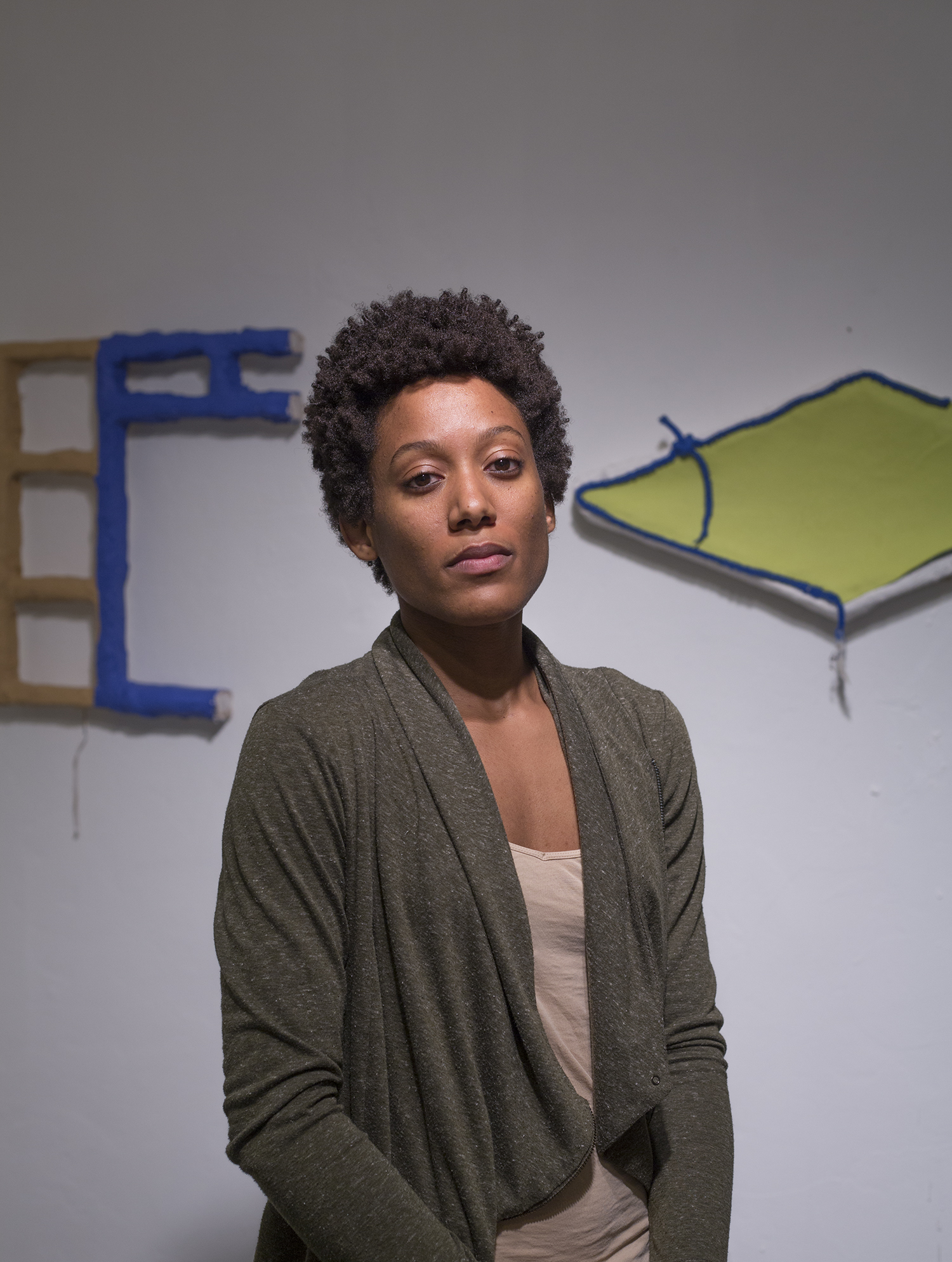
Jamilah Sabur is a multidisciplinary artist whose practice involves performance, video and installation. She is interested in embodied cognition, social mimicry, dissonance, ritual and the uncanny. Cathy Leff speaks with the young artist, as she prepares for her new exhibition, The Rhetoric of the Living, opening March 8th at Emerson Dorsch in Miami.
Your new works draw from Florida’s cultural history. Can you tell us about your interest in the State?
My family came to Miami from Jamaica when I was four, so I grew up here. I returned to Miami to live fulltime three years ago. I was so lucky to have been an artist-in-residence last year at Crisp Ellert Art Museum at Flagler College in St. Augustine. I connected with George Aaron Broadwell, whose research focuses on endangered languages and psycholinguistics. He teaches at University of Florida, and we've been having some really amazing conversations about the structure of the Timucua language. I always have been thinking about how language breaks down. Because human language is linearized, we can only say one word at a time, the order of elements in a sentence takes on great relevance in the way it is interpreted and translates across cultures. A new piece in my upcoming show, I will wet you (pl.) with the new water, is a 12’ neon work based on the Timucua syntax of a 1612 baptism, which came out of my residency. I’ve also been interested in colliding and overlapping history. My video, A point at zenith (Cuando caen las flores), also on view at Emerson Dorsch, addresses two moments in northern Florida in the years 1656 and 1982. 
Can you address the recurrent themes of time and space in your work?
Residue, if you just consider it as a felt experience, invites you into space, which is where my work comes from. I can almost feel the traces of history on me as I make my way through life. The shape of today’s world is sort of the residue of millions of past moments, I suppose. I am always searching or grasping for the source of that felt residue… maybe I am also coming to terms with the grasping. It is from a past that you can neither change nor see, but which is still there. The sheer scale of it all, all the residue that is thick on the world, speaks to a grandeur greater than kings can have. I suppose I grapple with alternating or simultaneous impulses to know the source, to resign to the presence, to relying on the great scales of history, society and space...Can you speak about your artistic preoccupations?
At the root of my investigations, is a desire to feel, to remember that I have a body with senses, to feel truth. I am scared at how fast our relationship to the world is changing. The years now, that I’ve spent adapting to this new form of interacting, through a small format screen, the cell phone, I feel like I am erasing this part of myself that is engaged in the processes of feeling things emotionally, there is a blunting effect I am constantly trying to fight. I don't want to become numb, so this desire to feel material, explore material and its techniques is crucial. I've worked with many materials but I always seem to find my way back to plaster, a humble substance, I can extrude time, get inside of it and become it--it's a process. 




